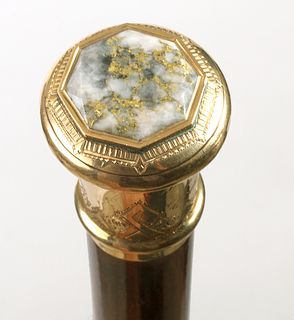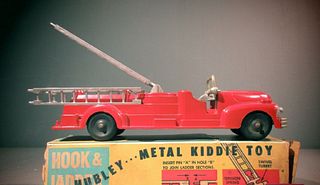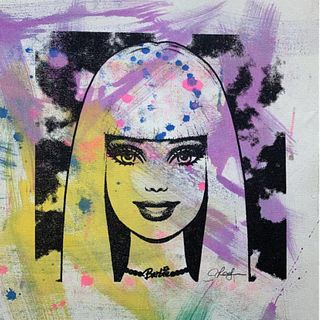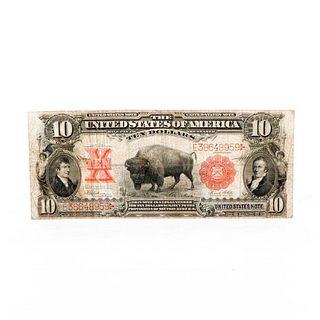The Evolution and Enduring Legacy of Barbie: A Timeless Icon
Introduction
For decades, Barbie has been an iconic figure in the world of collectible dolls & toys, capturing the hearts and imaginations of children and collectors alike. With her impeccable style, timeless beauty, and ever-evolving persona, Barbie has transcended generations, leaving an indelible mark on popular culture. In celebration of the newly released Barbie film, directed by Greta Gerwig, we delve into the fascinating history of Barbie, exploring her creation, evolution, and the enduring legacy she continues to leave behind.
The Birth of Barbie
In 1959, Ruth Handler, the co-founder of Mattel, observed her daughter Barbara playing with paper dolls and imagining them as grown-ups. Realizing the absence of adult female dolls in the market, Handler envisioned a toy that would inspire girls to imagine themselves as successful and independent women. This inspiration led to the creation of Barbie, named after Handler's daughter.
Barbie's Debut and Controversy
Barbie made her debut at the New York Toy Fair on March 9, 1959. With her blonde hair, impeccable fashion, and high-heeled shoes, Barbie quickly became an instant hit. However, she was not without controversy. Some critics argued that her unrealistic body proportions set unattainable beauty standards for young girls. Despite the criticism, Barbie's popularity soared, and she became a cultural phenomenon.
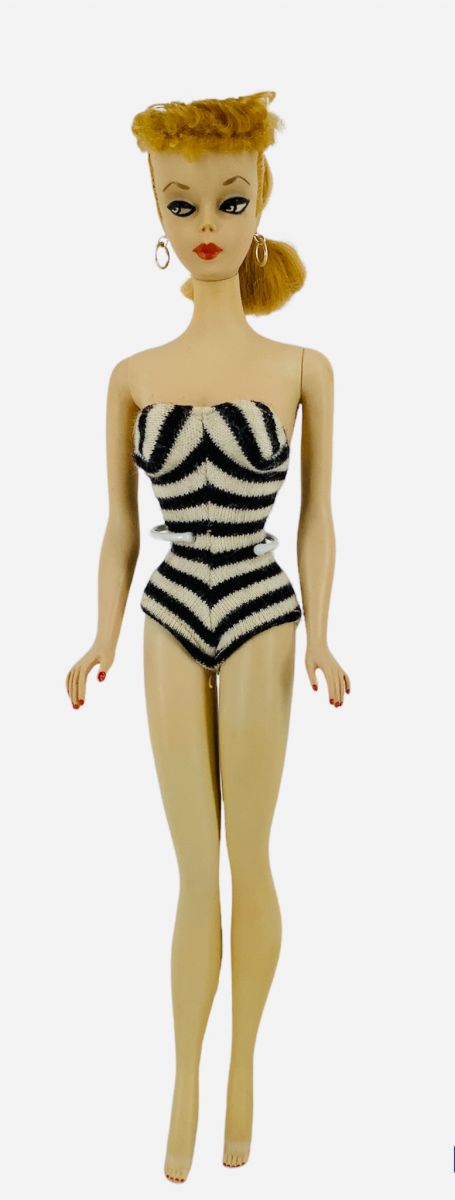
Evolving Styles and Careers
As the years passed, Barbie continued to evolve to reflect changing times and societal norms. She became a fashion chameleon, donning outfits representing various cultures, careers, and historical periods. In the 1960s, Barbie embraced the space race with her "Miss Astronaut" outfit, and in the 1970s, she ventured into the world of athletics with her "Olympic Skater" ensemble. Barbie's adaptability allowed her to inspire young girls to dream big and pursue diverse interests.
In 1963, Barbie's first African American friend, Christie, was introduced, followed by other diverse dolls, reflecting a commitment to inclusivity and representation. This step marked an important milestone in the doll's history, as it embraced the diversity of its young audience and continued to promote positive values.
Barbie's Impact on Pop Culture
Throughout the years, Barbie's influence expanded beyond the toy industry. She made her mark on the world of fashion, with real-life designers creating life-size versions of her iconic outfits. Additionally, Barbie starred in her own animated movies, further solidifying her status as a beloved character in children's entertainment.
In the 1980s and 1990s, Barbie underwent various makeovers to adapt to modern trends. The "Barbie and the Rockers" line capitalized on the popularity of music and showcased her versatility in different personas. Moreover, the "Totally Hair Barbie" with her floor-length hair became one of the best-selling Barbie dolls of all time, epitomizing the doll's ongoing relevance and appeal.
Barbie also ventured into technology, with interactive dolls and video games that engaged children in imaginative play and learning. This fusion of classic toys with technology demonstrated Mattel's commitment to staying current and relevant in an ever-changing world.
Challenges and Progress
Despite Barbie's enduring popularity, she has faced criticisms regarding her portrayal of femininity and her impact on body image. In response, Mattel has continuously worked to address these concerns and promote positive body image by introducing diverse body types, including curvy, tall, and petite dolls in its "Fashionista" line.
In recent years, Barbie has taken a stand on social issues as well. In 2016, she ran for President as part of Mattel's "You Can Be Anything" campaign, encouraging girls to pursue leadership roles and break barriers. This move showed Barbie's ability to be more than just a toy; she was now a symbol of empowerment and change.
The Value of Barbie
Barbies can go for thousands of dollars at auction, but as with any collectible many factors play into the value of what it can sell for at auction such as condition, boxed or unboxed, all accessories present, and rarity. For example the most expensive Barbie sold at Christie’s in 2010 for $302.5k. Only one was manufactured and her necklace featured a fancy vivid purplish pink diamond and a diamond ring.
Top 5 Barbie’s Sold:
1. Stefano Canturi Barbie: $302.5k
2. Diamond Castle Promotional Barbie: $94.8k
3. De Beers 40th Anniversay Barbie: $85k
4. Original Barbie: $27k
5. Pink Diamond Barbie: $15k
Conclusion
Throughout her storied history, Barbie has been a symbol of inspiration, empowerment, and timeless charm. From her creation in 1959 to her continued relevance in the 21st century, Barbie has left an indelible mark on the world of toys, pop culture, and the lives of countless children. As she continues to evolve, Barbie's legacy as a beloved and iconic figure will undoubtedly endure, inspiring generations to come to dream big and believe in the power of their imagination. If you think you may have a valuable Barbie, consider having her professionally appraised by contacting one of our reputable auction houses.
Title Image: Gail Rodgers, "Barbie" Hand Signed Original Hand Pulled Silkscreen Mixed Media on Canvas with Letter of Authenticity.
- Preview the December Doyle+Design Auction: A Celebration of Modern & Contemporary Mastery
- Billings Winter Design 2025: A Celebration of Modern Mastery Across Eras
- The Ultimate Holiday Gift Guide: Luxe Finds From Bidsquare’s Finest Auctions
- Fine & Antique Jewelry Sale: A Curated Journey Through Craftsmanship & Design
- Upcoming Auction Spotlight: Doyle’s Fine Art: 19th Century & Early Modernism
- Entertain with Style This Holiday Season: Highlights from Doyle’s December 8 Auction
- Six Standout Lots from Newel’s Fine Jewelry, Timepieces & Luxury Handbags Sale
- Artist Spotlight: Roy Lichtenstein, Pop Art’s Master of Bold Lines & Bigger Ideas
- Discover the Warmth of Pennsylvania Impressionism: Nye & Co.’s Dec. 3 Auction Features the Collection of Nancy & Robert Stein
- Inspired by Cape Cod: The Artists Who Paint Its Light, History, and Character



 EUR
EUR CAD
CAD AUD
AUD GBP
GBP MXN
MXN HKD
HKD CNY
CNY MYR
MYR SEK
SEK SGD
SGD CHF
CHF THB
THB



